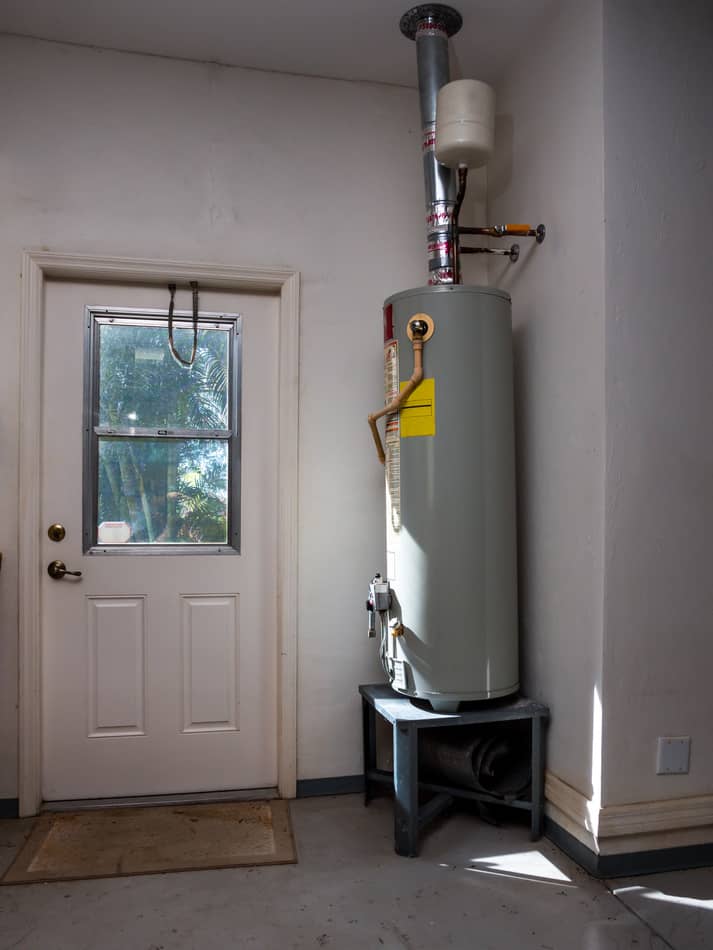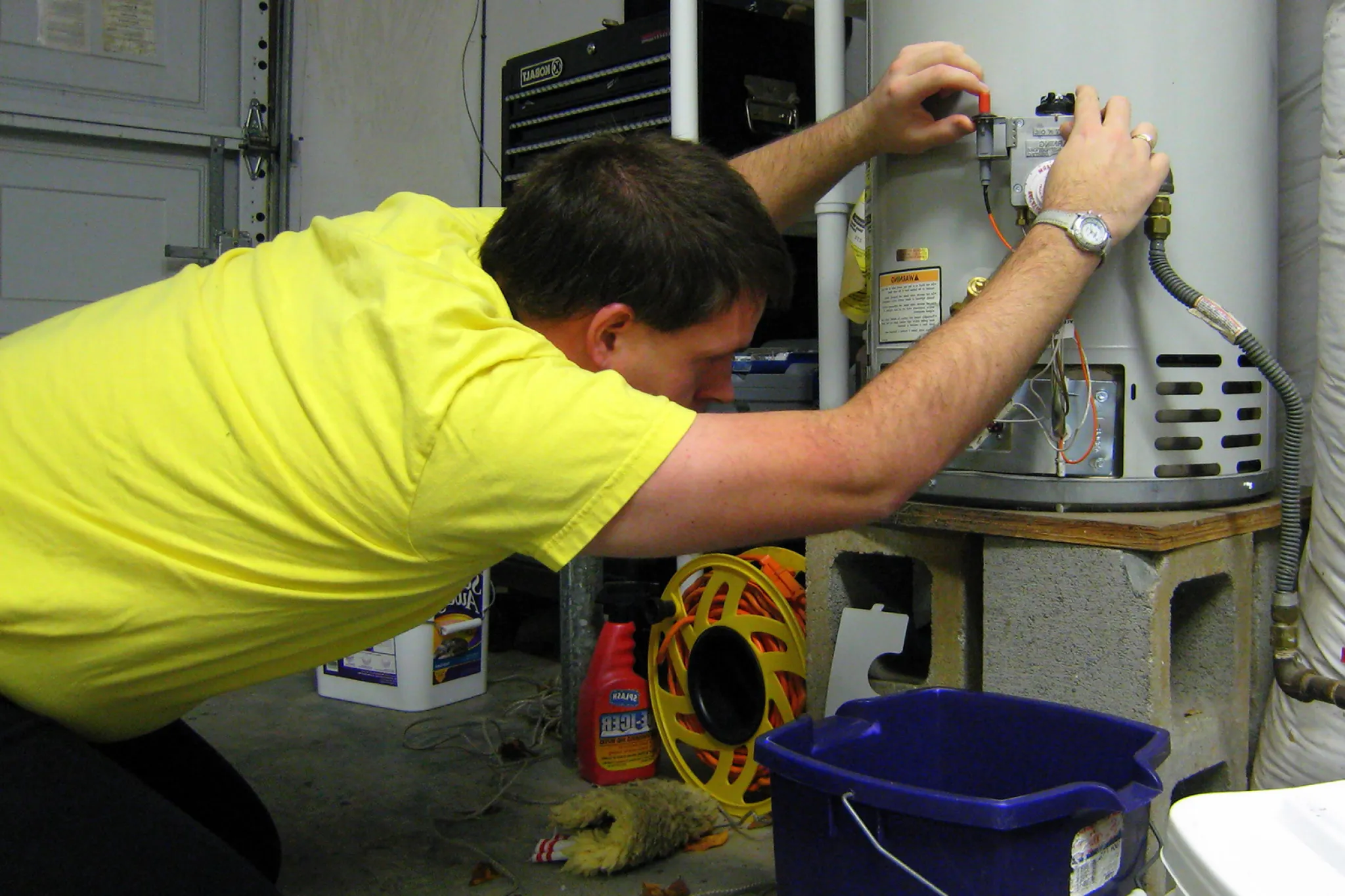Right here in the next paragraphs you can discover a bunch of really good tips about What Kind of Maintenance Do Water Heaters Need?.

Warm water is vital for day-to-day comfort, whether it's for a rejuvenating shower or cleaning dishes. To guarantee your warm water system runs effectively and lasts much longer, normal upkeep is vital. This write-up provides useful suggestions and insights on how to maintain your home's warm water system to stay clear of disturbances and expensive repair services.
Introduction
Maintaining your home's hot water system may appear daunting, but with a couple of simple actions, you can ensure it operates efficiently for many years ahead. This overview covers every little thing from recognizing your warm water system to do it yourself upkeep tips and knowing when to hire specialist help.
Importance of Preserving Your Warm Water System
Routine maintenance not only extends the lifespan of your warm water system yet additionally guarantees it runs effectively. Neglecting upkeep can bring about lowered performance, greater power expenses, and also early failing of the system.
Indications Your Hot Water System Needs Upkeep
Understanding when your hot water system requires interest can prevent significant issues. Keep an eye out for indications such as inconsistent water temperature, strange sounds from the heating system, or rusty water.
Recognizing Your Warm Water System
Prior to diving into upkeep tasks, it's helpful to recognize the standard elements of your hot water system. Commonly, this consists of the water heater itself, pipes, anode poles, and temperature controls.
Monthly Maintenance Tasks
Regular regular monthly checks can assist catch minor issues before they rise.
Purging the Hot Water Heater
Purging your water heater removes debris build-up, enhancing effectiveness and extending its life.
Checking and Replacing Anode Rods
Anode poles protect against corrosion inside the tank. Evaluating and replacing them when worn out is crucial.
Inspecting and Readjusting Temperature Level Settings
Readjusting the temperature level settings ensures optimum efficiency and safety and security.
Do It Yourself Tips for Upkeep
You can carry out several maintenance tasks on your own to maintain your hot water system in leading condition.
Looking for Leaks
Routinely examine pipelines and links for leaks, as these can cause water damages and higher bills.
Testing Stress Relief Valves
Checking the pressure safety valve guarantees it functions appropriately and avoids too much stress buildup.
Protecting Pipes
Protecting hot water pipelines minimizes heat loss and can save power.
When to Call a Professional
While do it yourself upkeep is beneficial, some problems call for professional know-how.
Facility Concerns Requiring Expert Assistance
Instances include major leakages, electrical issues, or if your water heater is regularly underperforming.
Routine Expert Maintenance Conveniences
Expert maintenance can include detailed assessments, tune-ups, and guaranteeing conformity with safety and security requirements.
Verdict
Regular maintenance of your home's hot water system is necessary for efficiency, longevity, and expense financial savings. By adhering to these tips and recognizing when to seek professional assistance, you can make sure a trusted supply of warm water without unanticipated disruptions.
Water Heater Maintenance Tips
Test the TPR Valve
Shut off the power and the cold-water supply valve. Place a bucket under the pipe connected to the temperature-pressure-release (TPR) valve on the top or side of the tank. (This valve opens if the tank pressure gets too high.) Lift the valve’s tab to let some water out, then let go. If water keeps flowing, drain the tank partway, unscrew the old valve with a pipe wrench, and install a new one. Check the Anode Rod
Put a hose to the tank’s drain cock and let out a few gallons of water. Now fit a 1 1/16-inch socket onto the rod’s hex head on top of the heater (or under its top plate) and unscrew the rod. If it’s less than ½ inch thick or coated with calcium, buy a new one, wrap its threads with Teflon tape, put it back in the tank, and tighten securely. Use this segmented rod if headroom above the tank is limited. Drain the Tank and Wash Out Sediment
Drain the remaining water in the tank into the bucket, then stir up the sediment on the tank’s bottom by briefly opening the cold-water supply valve. Drain and repeat until clean water comes out of the hose. Close the drain cock, refill the tank, and turn its power back on. Adjust the Temperature
Find the temperature dial on the side of the tank and unscrew its cover. Adjust the dial to 120 degrees using a flathead screwdriver. For every 10 degrees the temperature is lowered, you can expect to save up to 5 percent in energy costs. Turn the water heater off or the thermostat down to its lowest setting if you plan to be away from home for more than three days. Insulate the Pipes
Buy some self-sticking 3/8-inch-thick foam pipe insulation that matches the pipes’ diameter. Slide the foam over the hot-and cold-water pipes as far as you can reach. Insulating the cold-water pipe prevents condensation in summer. Peel the tape and squeeze the insulation closed. If the pipe is 6 inches or less from the flue, cover it with 1-inch-thick unfaced fiberglass pipe wrap. https://www.thisoldhouse.com/plumbing/21016402/how-to-maintain-a-water-heater

I hope you enjoyed reading our topic on Tips For Maintaining Your Hot Water Heater. Thanks a ton for taking a few minutes to read through our posting. Sharing is nice. Helping people is fun. I am grateful for your time. Kindly visit our website back soon.
Browse Website
 Taran Noah Smith Then & Now!
Taran Noah Smith Then & Now! Barret Oliver Then & Now!
Barret Oliver Then & Now! Bradley Pierce Then & Now!
Bradley Pierce Then & Now! Judd Nelson Then & Now!
Judd Nelson Then & Now! Pierce Brosnan Then & Now!
Pierce Brosnan Then & Now!